Most of us understand the importance of recycling and have established regular habits to help reduce our carbon footprint. We know that cardboard, glass containers, and paper towels – among other items – shouldn’t just be thrown in the trash. However, some items we use aren’t as obviously recyclable! Are you wondering what those items might be? Here are eight different everyday items that you might not have known are recyclable or shouldn’t end up in the garbage:
Mattress

According to the Mattress Recycling Council, as many as 50,000 mattresses are dumped in U.S. landfills every day. This rate is alarming knowing that as much as 80% of a mattress can be recycled. Making this a huge recycled item literally. Even though mattresses are made up of a variety of different fibers and other recyclable materials, they can contain toxic substances. When you’re shopping for a new bed mattress, check to see if there are any local organizations or retailers that offer a recycling service for your old one!
Keys

Did you know that spare keys can be melted and recycled? Most households have random, unwanted keys laying around. Drop your keys off at your local recycling center metal bin, as most curbside recycling programs do not collect scrap metal. Additionally, there are several charitable organizations that accept old keys, recycle them, and use the proceeds to help others. Feel accomplished in more ways than one when you make the time and effort to recycle items.
Cork
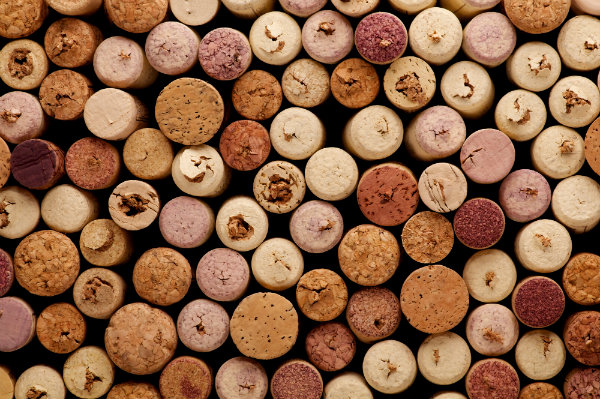
Cork is a natural and biodegradable product that is made from a cork oak tree. It can be recycled, so make sure that you check with your local recycling program to find out how to properly dispose of. Consider composting cork by putting it in your compost bin or using it as garden mulch. Assist in the decomposition process by shredding the cork. You can even add the shredded cork to straw and wood chip piles!
Aluminum Foil
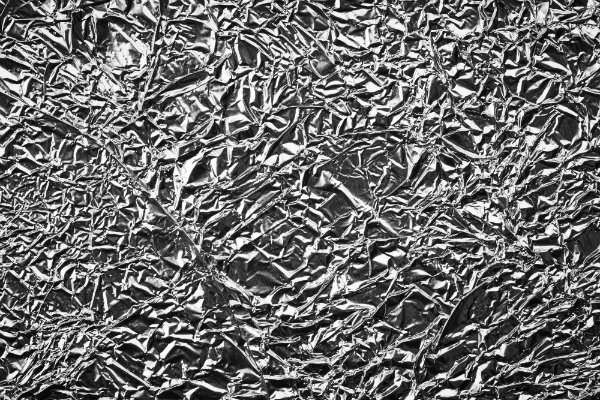
Candy wrappers, wine foil, and your leftover foil from storing food can all be recycled! Just make sure they are clean and free of food residue. Not all local recycling facilities accept aluminum foil, so check with your waste management provider by either giving them a call or looking online. If they do, make sure to save your aluminum foil and crumple it into a ball at least two inches in diameter before placing in your curbside recycle bin. This is another simple item that can be recycled.
Textiles
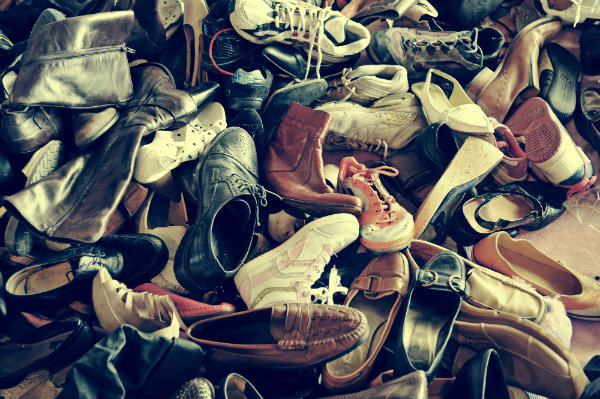
Textiles goods include not just clothing, but also shoes, bags, fabric scraps, sheets, towels, pillows, and more. All textiles can be recycled, even with holes or stains! The only requirement is that the item needs to be washed before being dropping off to be recycled. In fact, there are numerous recycling bin programs all over the country. Find them at local coffee shops, schools, community centers and grocery stores, often labeled with “clothes and shoes” signage. For example, Gemtext Recycling is a fantastic recycling option found here in the Pacific Northwest region.
Coffee Pods
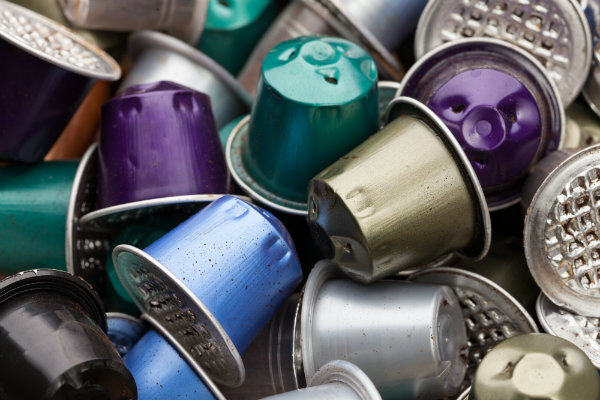
Coffee pods have certainly been a game-changer in the world of beverages. However, even though we all appreciate the convenience of single-use coffee pods at home or work, their environmental impact was not a major consideration when they were created. To remedy this mistake, make sure to only buy recyclable coffee pods. You can do this by looking at its packaging to determine what plastic number was used. Coffee pods that are made from plastic #5 can be recycled, whereas coffee pods made out of plastic #7 cannot. If you put them in your curbside recycling bin, they will ultimately end up in a landfill. Before throwing out used coffee pods into your recycling bin, make sure to take its aluminum top off and toss out the coffee grounds inside. If this seems like too much work, you may want to consider switching back to a drip coffee machine.
Household Items
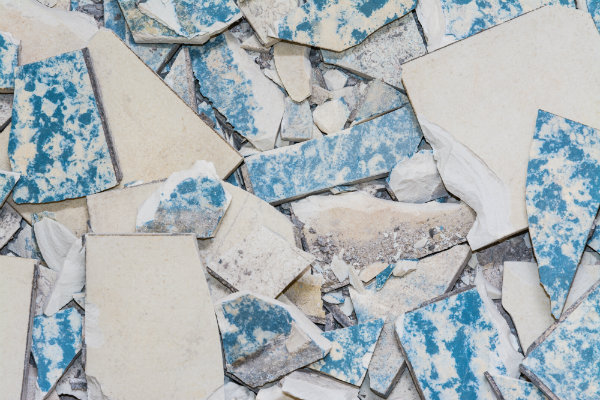
Are you currently in the depths of a home renovation project? Perhaps you’ve begun to consider replacing those old countertops in your kitchen. Either way, when #demoday arrives, choose to donate new and gently used goods instead of demolishing them. This can include kitchen cabinets, doors, trim, appliances, furniture, and other housewares. Many donation centers have drop-off locations where you can bring your items or schedule a free pickup, making it easy for you to help out your community. Habitat ReStore has many locations around the U.S. and has helped to divert hundreds of tons of household products from ending up in landfills.
Food Scraps
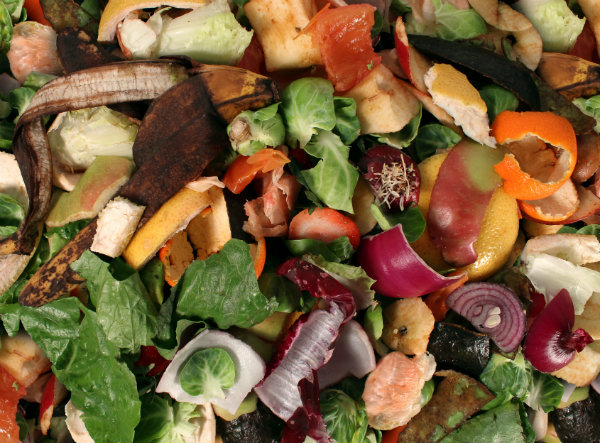
While you can’t recycle your food scraps in the same way you would your cereal boxes, there are many additional uses for them beyond composting. A recent study published by the United States Department of Agriculture (USDA) found that American consumers waste about one pound per day or 225-290 pounds per year. Choose to be part of the solution by not throwing out food. Instead, take time to research realistic ways to reduce food waste in your life, such as relying on your freezer and expanding your product options. But it doesn’t stop there. Here are some additional suggestions on how to reuse food scraps and leftovers at home.
Now that you know how to recycle these often-tossed items, try to create a habit of thinking about how you can recycle something before you throw it away. Start small! And don’t forget to bring your HYDAWAY bottle with you everywhere to help cut down on single-use plastics. Help spread awareness by sharing this blog article with your friends and family to reduce the amount of household waste that ends up in our landfills.
